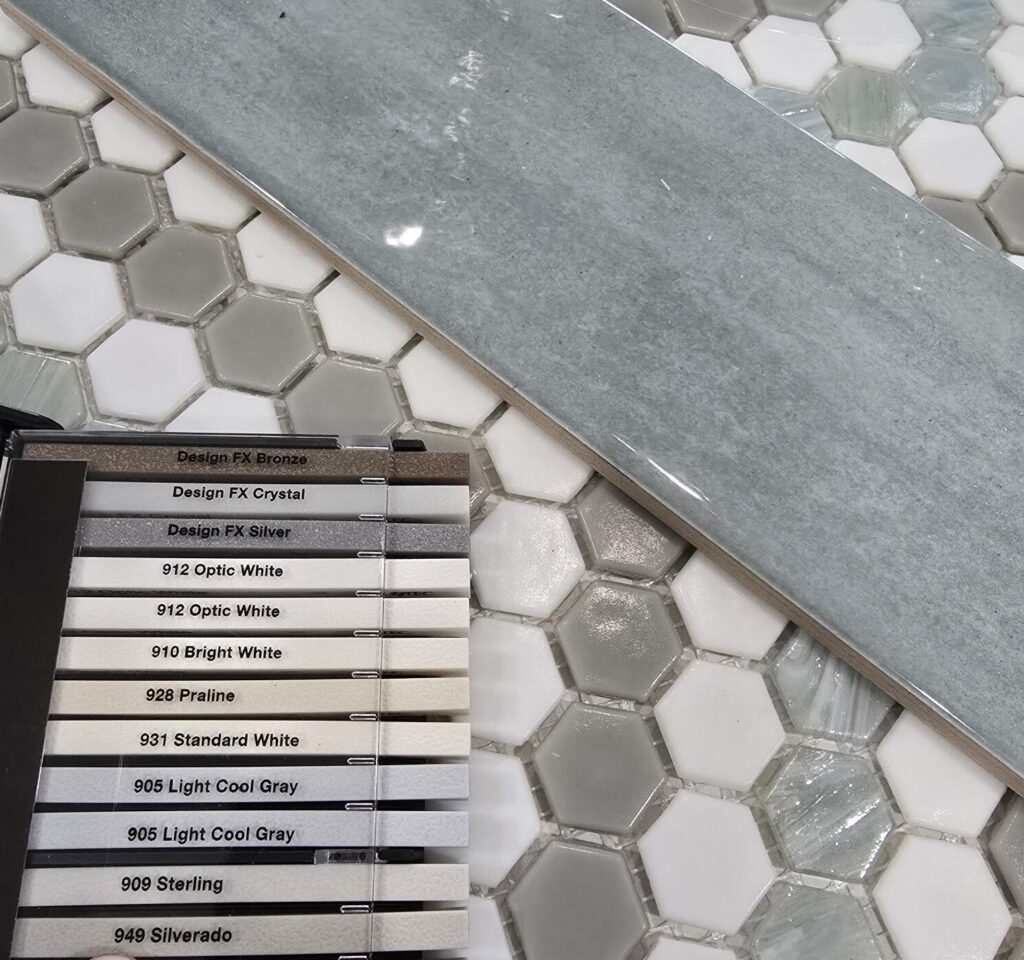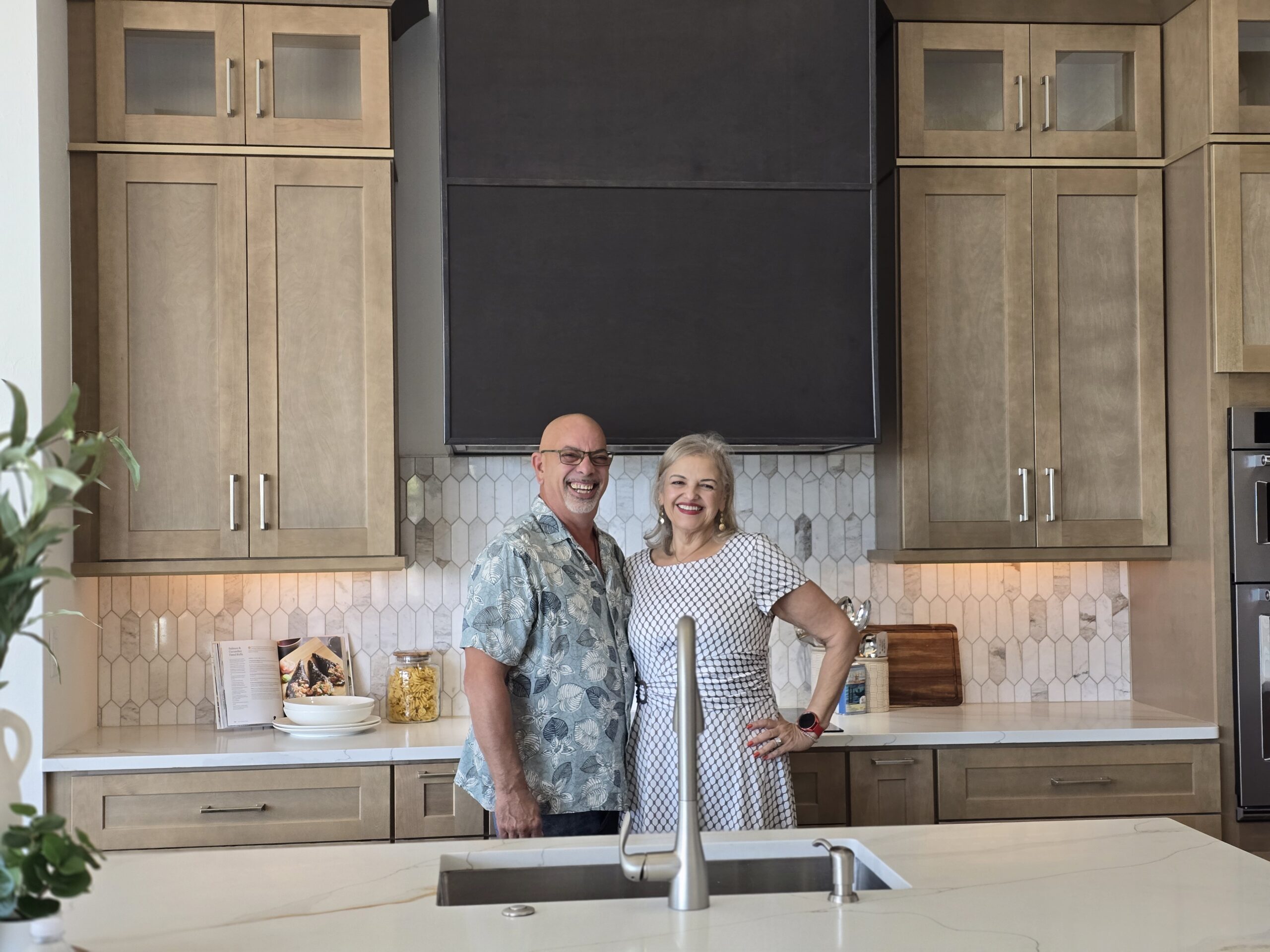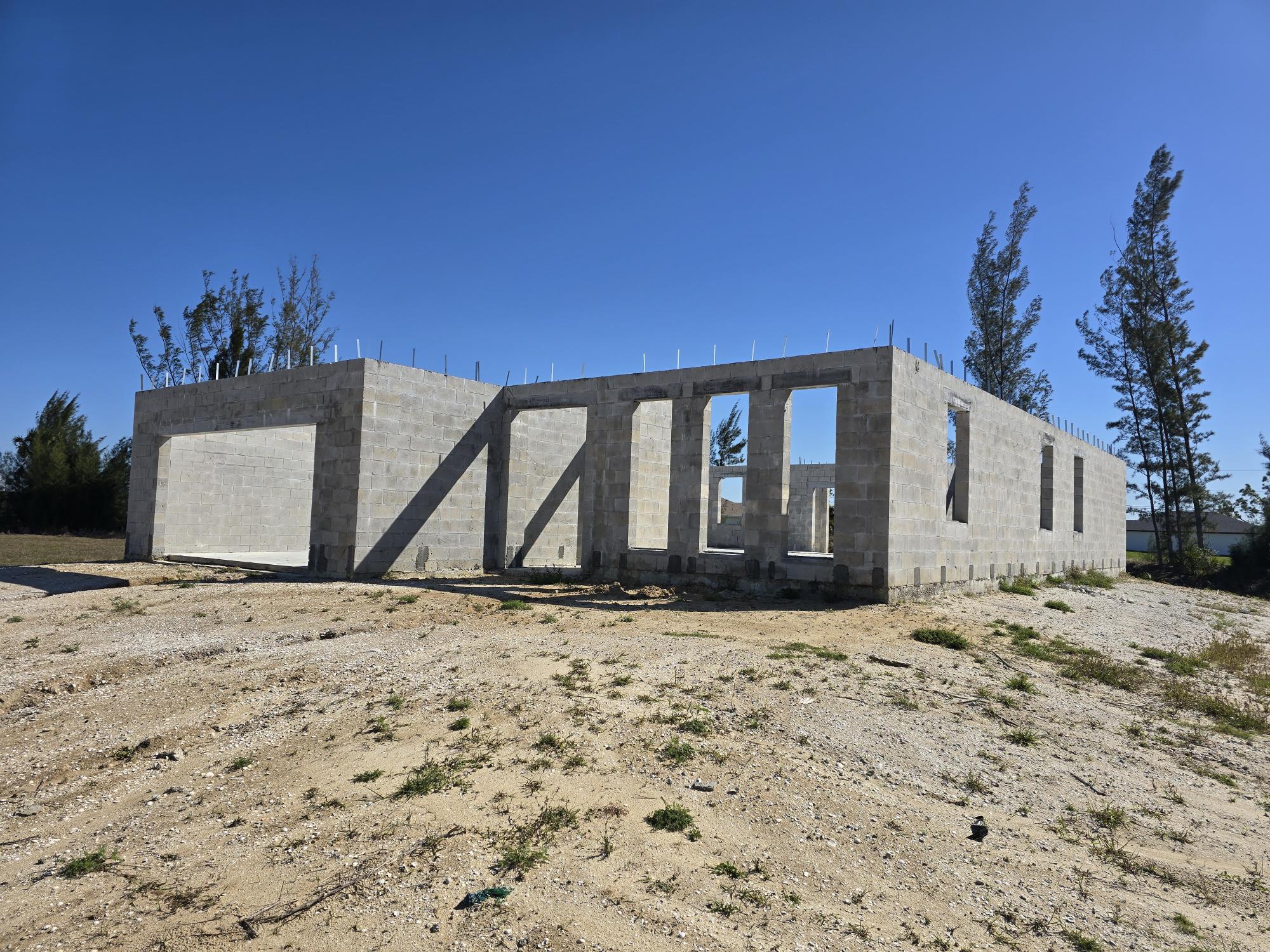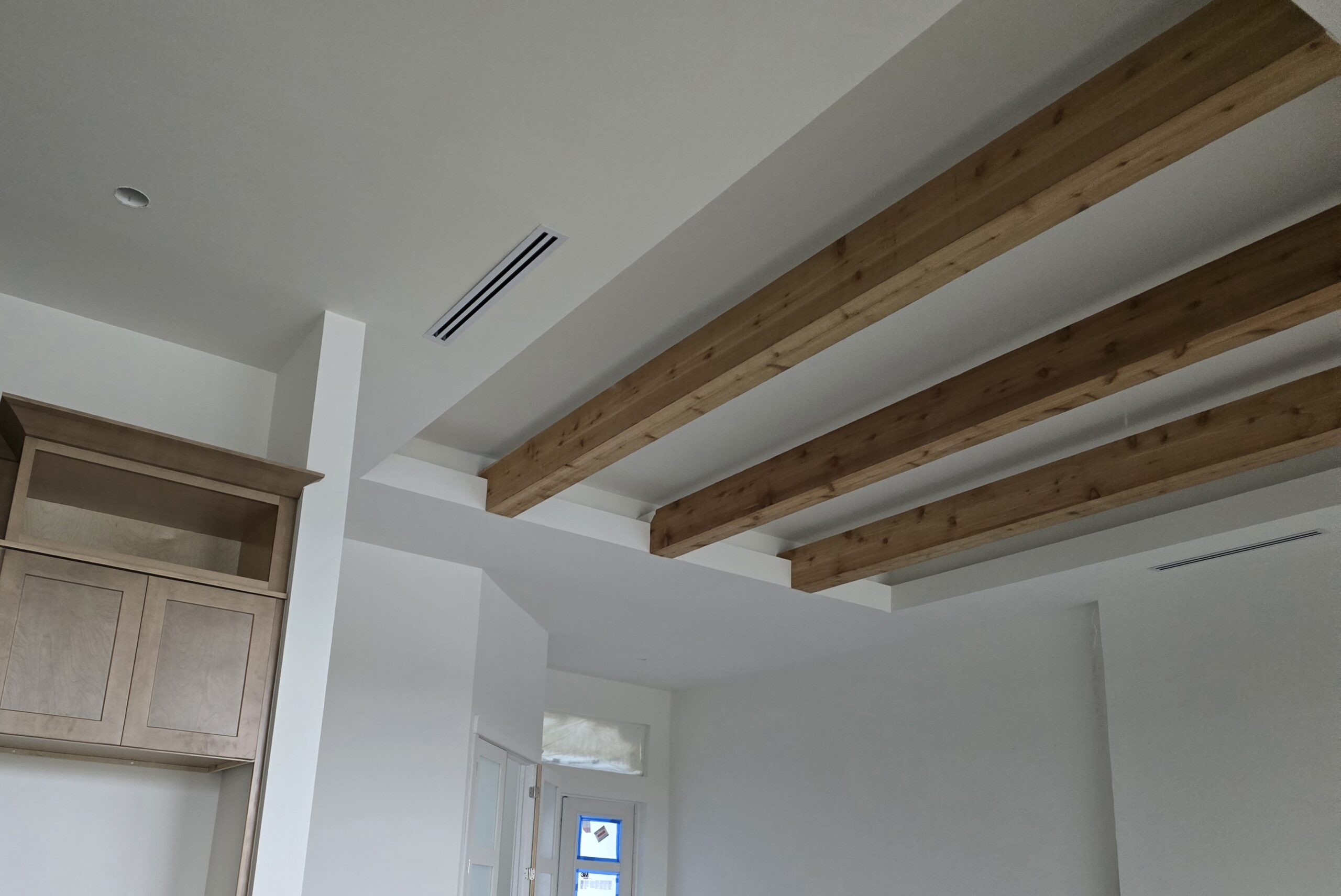Imagine finally getting the keys to your dream home. Maybe you built it. Maybe you bought it after years of saving. You picked out finishes carefully, trusting that what you chose would last. Then five years pass, and the tile floors—the ones you were told were durable—are already looking worn. Corners are chipped. The surface feels dull. A dropped pan leaves a mark that won’t clean off. You did everything right… and still feel like you got shortchanged.
We’ve seen this happen too many times.
Most people don’t know that tile — like many things in construction — comes in a wide range of quality. It’s not just about the color or design. It’s about what it’s made of, how it’s rated, and whether or not it was built to last.
Let’s Talk About PEI Ratings
The PEI rating (Porcelain Enamel Institute) is the industry standard used to measure a tile’s durability—specifically, how well it holds up to surface wear and foot traffic.
Here’s the scale:
PEI 1–2: Walls only. Not meant to be walked on.
PEI 3: Light residential use, like a guest bathroom.
PEI 4: Moderate to heavy residential and light commercial traffic.
PEI 5: Heavy commercial use—think restaurants, airports, busy public areas.
At Conquest Builders, we only use PEI 4 and 5 tiles as our standard. Because even in a quiet household, life happens. You cook, clean, drop things, and live your life. You shouldn’t have to worry about whether your tile can handle it.
The Types of Tile You Need to Know About
1. Standard Ceramic Tile (Often Red Clay–Backed)
This is the tile most commonly found in bargain bins and “budget builds.” It’s made from clay, often red in color, fired at a lower temperature. It looks fine at first but it’s softer, more porous, and chips easily. Once it chips, the red clay underneath shows through—and there’s no covering that up. These tiles are okay for bathroom walls, but they have no place on floors where you need long-term durability. If the tile has a red or orange back, it’s not porcelain—no matter what the label says.
2. Porcelain Tile
Porcelain is denser, harder, and fired at a higher temperature than ceramic. It has less than 0.5% water absorption, which means it holds up well even in wet areas. Most of the porcelain used in homes today has a glaze on top for design. It’s much stronger than ceramic, but if it chips, you may still see the white or gray body underneath.
We use true porcelain for nearly every floor we install. It’s strong enough to last and elegant enough to look great doing it.
3. Through-body Porcelain
This is the top-shelf version of porcelain. The color and pattern run all the way through the tile. That means if it ever does chip (which is rare), the damage is barely noticeable. Through-body porcelain is what you’ll find in commercial buildings that expect thousands of people to walk across it every day. It’s overbuilt in the best way—and it’s something we’re proud to offer when the project calls for it.
4. Rectified Tile
A rectified tile is one that’s been machine-cut after firing to ensure all sides are perfectly straight. This allows for tighter grout joints and a more polished, modern look. It also helps reduce lippage—which is what happens when one tile sits higher than the one next to it, leaving you with an uneven floor.
We use rectified tile on most of our projects because it not only looks cleaner, it performs better over time. Less grout means less maintenance. Less lippage means fewer tripping points and a more professional finish.
It’s Not About Fancy Tile—It’s About the Right Tile
We don’t pick tile based on what’s trendy or flashy. We pick it based on what’s going to last. Because we’ve seen firsthand what happens when the wrong tile gets installed. We’ve had to walk through homes with owners who are heartbroken that their floors already look beat up—just a few years in.
That’s why we build differently.
We choose tile that’s meant for long-term use, not just short-term curb appeal. We use PEI 4 and 5 porcelain on our floors, never red clay ceramic. We take time to make sure it’s installed properly—with the right materials, surface prep, and layout. Because we care about the homes we build. And more than that—we care about the people living in them.
If You’re Choosing Tile, Talk to Someone Who Cares
Ask about the PEI rating. Ask whether it’s ceramic or porcelain. Flip it over and look at the back. If it’s red or soft, it’s not going to last.
If you’re not sure what to choose, we’d love to help. No pressure. No sales pitch. Just real advice and real options that hold up to real life.
You’ve worked hard for your home. Let’s make sure your tile works just as hard.





